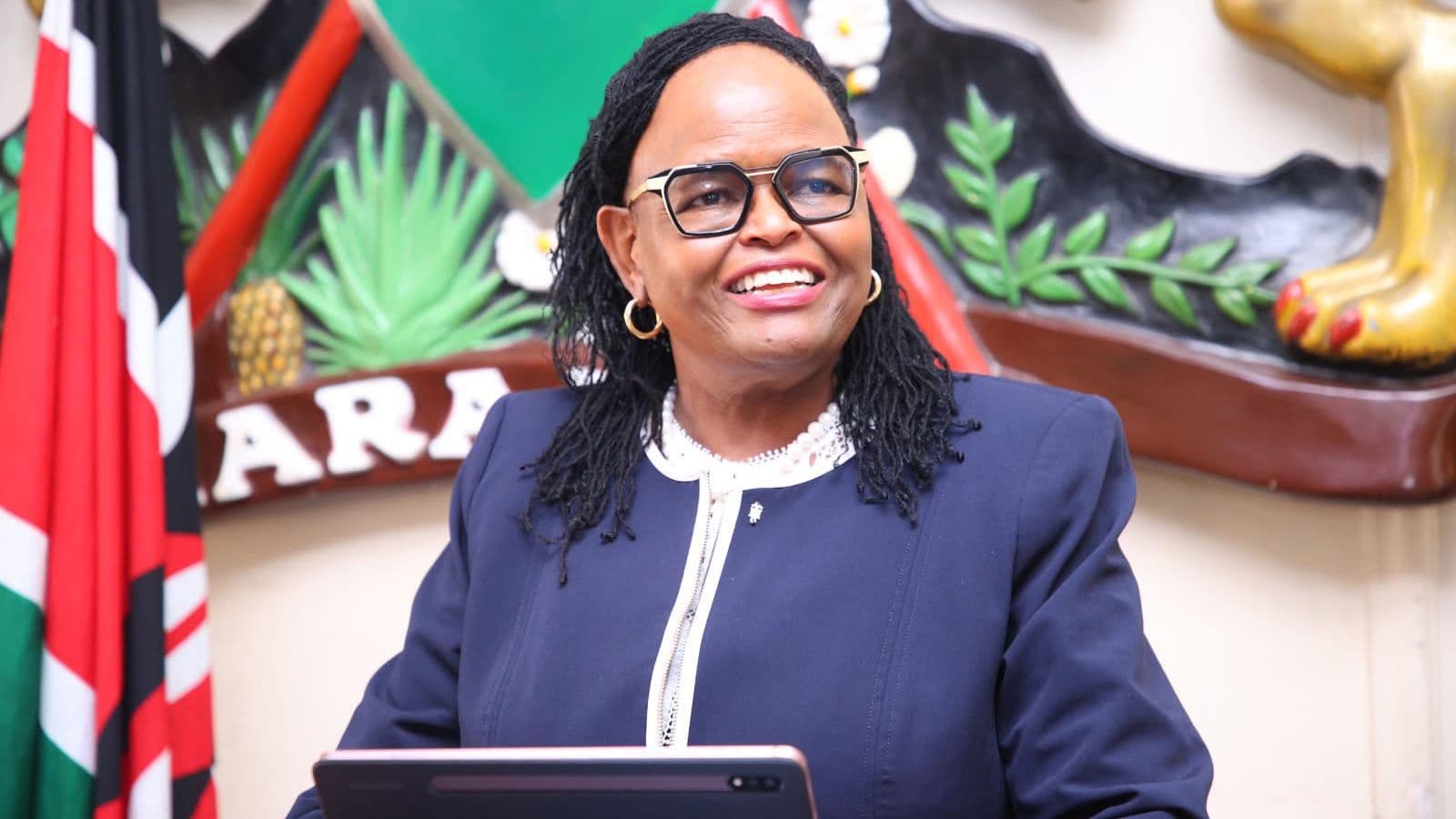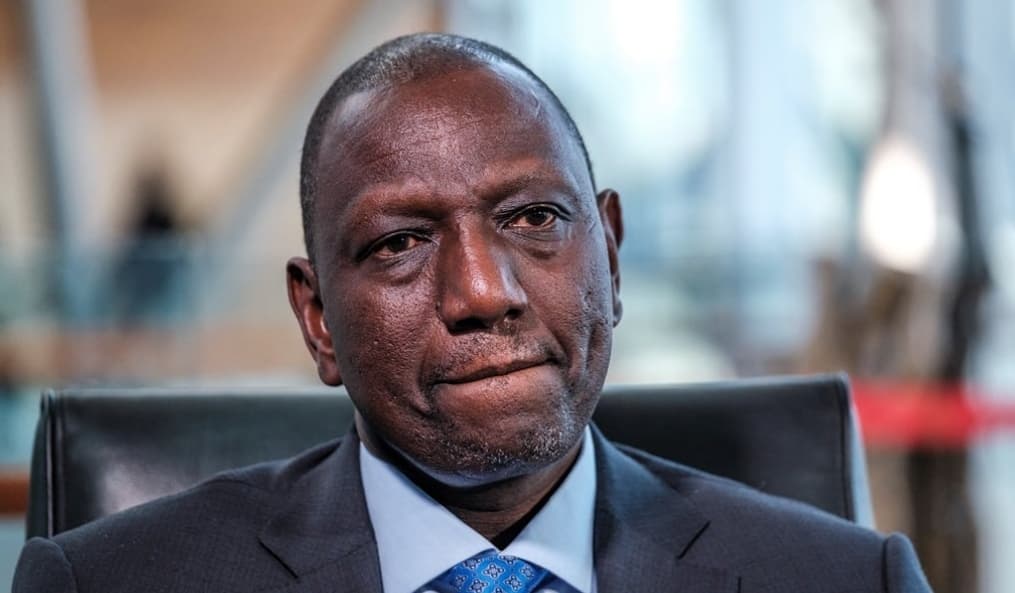Kenya’s health sector has found itself in a delicate balancing act as efforts intensify to manage the distribution of life-saving antiretroviral (ARV) drugs for over 1.3 million people living with HIV.
While the first-line ARV regimen remains adequately stocked, challenges surrounding the availability of key second-line treatments have raised alarm.
According to the National AIDS and STI Control Program (NASCOP), approximately 65,084 patients—5% of those on ARV therapy—require second-line medications. However, the drug atazanavir/ritonavir (300mg/100mg), critical in second-line treatment for adults, has been stocked out at the Kenya Medical Supplies Authority (KEMSA) following supplier delays.
Despite the shortage, health authorities have acted swiftly. In a circular issued on January 2, 2025, Kenya’s Director General for Health, Dr. Patrick Amoth, outlined updated guidelines to ensure no patient is left without treatment. The notice, sent to county governors and all major referral hospitals, emphasized the need for timely communication and alternative prescriptions where necessary.
Steady Supply of First-Line ARVs
For the majority of patients, the situation remains stable. Over 92% of people on ARV treatment are using the first-line regimen, which includes tenofovir, lamivudine, and dolutegravir (300mg/50mg) tablets. NASCOP has confirmed that health facilities nationwide are adequately stocked with this combination, ensuring uninterrupted treatment for adults and children over 30kg.
Dr. Amoth reassured stakeholders that steps are being taken to address the second-line medication gap. “We recognize the critical nature of second-line therapy for those who need it, and we are actively working with suppliers to ensure consistent availability,” he stated.
Managing Second-Line Therapy
UNAIDS notes that second-line treatment for adults typically consists of two nucleoside reverse transcriptase inhibitors (NRTIs) alongside a ritonavir-boosted protease inhibitor. In Kenya, atazanavir/ritonavir plays a pivotal role in this regimen. While 101,000 packs were distributed to health facilities in October and November 2024, demand continues to outpace supply.
Medical professionals are now pivoting to alternative treatments and closely monitoring patients. “The priority is to ensure continuity of care. We are urging health facilities to explore alternative regimens and communicate proactively with patients,” said a spokesperson from NASCOP.
Global Context
Kenya’s HIV treatment program is often hailed as a model for Sub-Saharan Africa, with significant strides made in increasing access to ARVs. However, the current challenges highlight the fragility of supply chains and the importance of robust contingency planning.
With approximately 1.4 million Kenyans living with HIV, the government and healthcare providers are under pressure to deliver on their promise of universal access to treatment. As the situation evolves, the focus remains on maintaining the health and dignity of those affected.
For now, patients are encouraged to remain in close contact with their healthcare providers and report any interruptions in medication promptly. The Ministry of Health has assured the public that every effort is being made to restore normalcy in ARV distribution.







